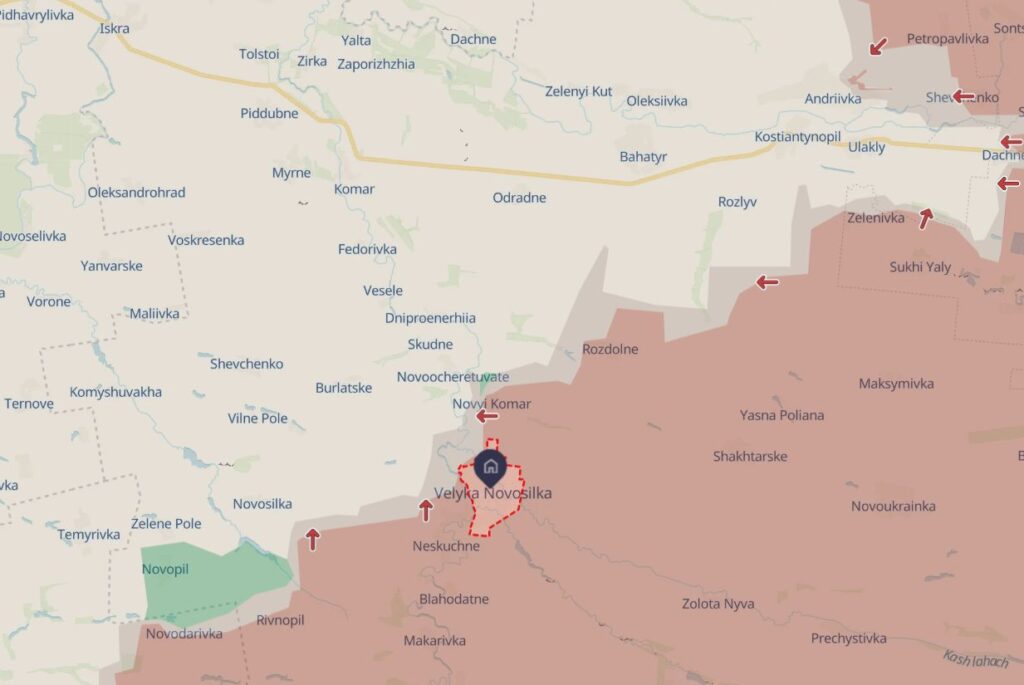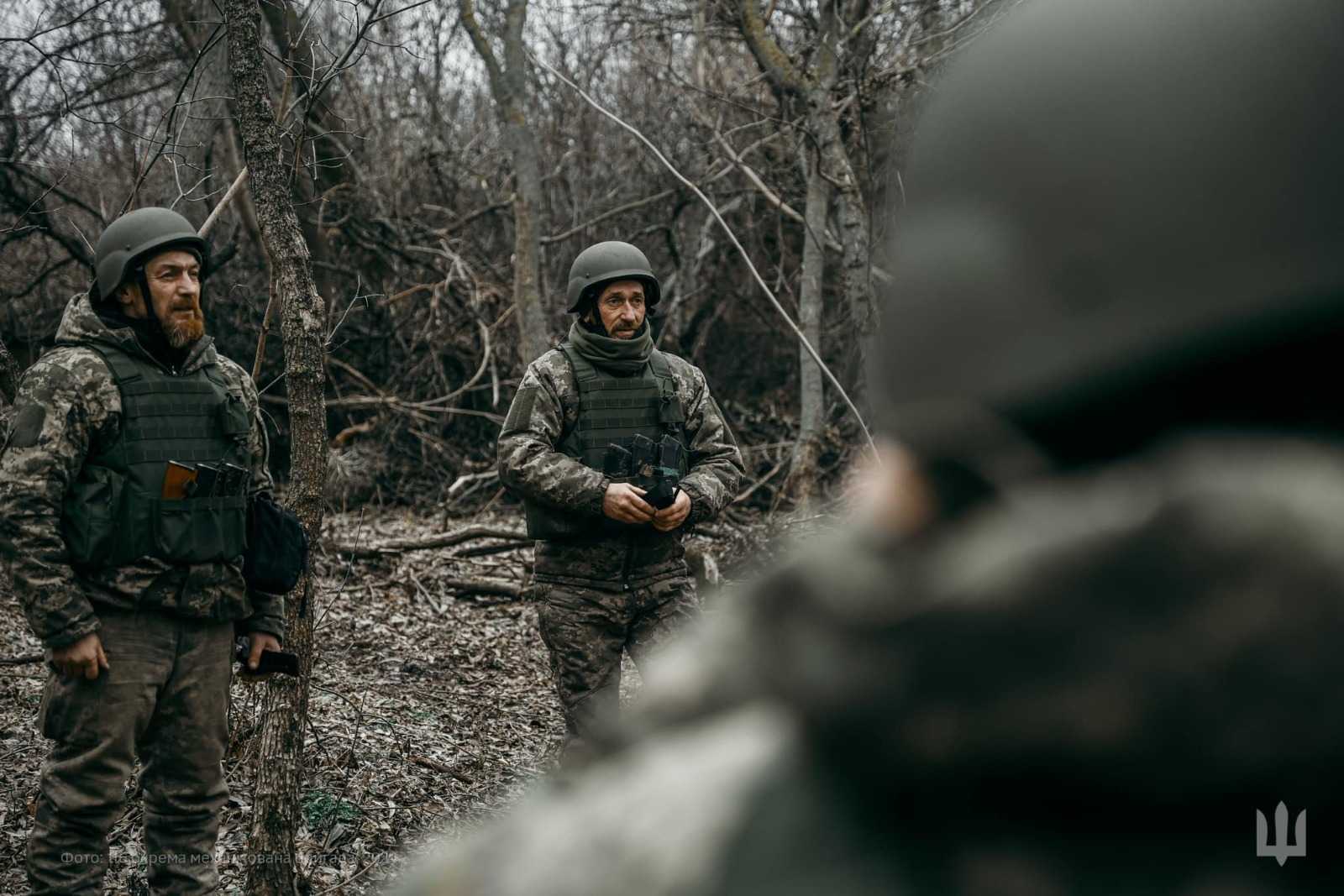Russian forces’ assault operations have begun to gradually decrease in intensity while remaining at elevated levels, according to analysis from the Ukrainian OSINT project DeepState.
The assessment reveals peak attack frequency occurred in mid-December, following sustained high-tempo operations that began in late November 2023 and comes as Russia continues to make grinding advances in eastern Ukraine amid Ukraine’s infantry shortages.
The development signals potential shifts in Russian tactical approaches while highlighting ongoing pressure on Ukrainian defensive positions, particularly in the Pokrovsk direction, where 44% of January’s attacks were concentrated.
“The enemy suffers heavy losses but manages to relatively quickly restore the combat numerical strength of their units,” DeepState reports. Their data shows monthly attack volumes of 5,205 in November, rising to 6,247 in December, before declining to 4,304 by 27 January.
The situation remains particularly challenging near Pokrovsk, where Russian forces with superior numbers and resources are conducting active offensive operations aimed at partial encirclement of the city. The Kursk direction accounts for 13% of attacks, while the Lyman direction sees 10% of offensive actions.
Deepstate also reports on the capture of Velyka Novosilka, where Russian forces attempted to block Ukrainian strongholds with significant infantry concentrations. Although there was a risk of partial encirclement, the 110th Separate Mechanized Brigade reported on 26 January that it managed to withdraw from most of the city after destroying lots of Russian equipment.
“While we have rough parity with the enemy in terms of art and FPV [drones], the Russians have a huge advantage in terms of infantry. But we have drunk enough blood from them and continue to bleed them,” the brigade posted, revealing Ukraine’s greatest challenge: its mobilization crisis.

Why is Ukraine losing ground? Mobilization crisis and command failures exposed
The brigade maintains that Russia will face difficulties in continuing their advances from Velyka Novosilka because of the barrier created by the Mokri Yaly river.






